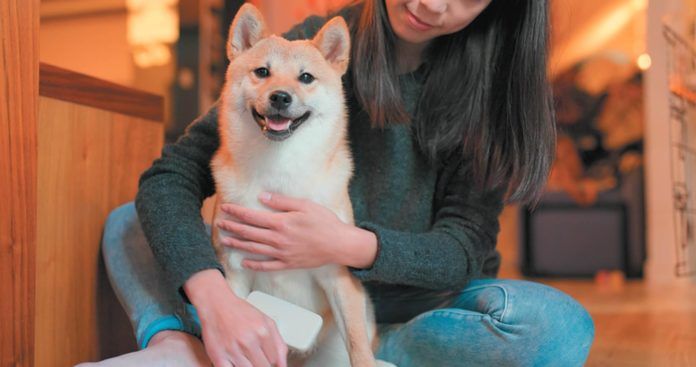You know that a long-haired dog like a Bernese Mountain Dog or a shih tzu needs to be brushed frequently. But were you aware that short-haired breeds like beagles and boxers need regular brushing, too?
Without regular brushing, tangles and mats can form. That’s not only uncomfortable for your pet but can also pave the way for skin infections. Once they develop, treatment may require shaving the affected area — and visits to the veterinarian.
Hair that’s well taken care of, by contrast, provides a good barrier against harmful bacteria and other pathogens. Brushing distributes protective oils from a dog’s skin throughout her coat, removes dirt, keeps her skin clean and free of irritants, and, in general, helps the hair form a uniform barrier against dirt and bugs. Regular brushing also allows you to discover things on your dog that shouldn’t be there, like ticks, or a new lump or bump.
Just as important, brushing feels good to many dogs and increases the amount of time you spend paying attention to them, which they love.
Dogs not to brush
Curly-haired dogs like poodles and Portuguese water dogs don’t end up with tangles, as their hair separates naturally. They don’t shed a lot, either, so it’s not necessary to brush them to protect carpets and furnishings. But these breeds do need go to the groomer every three months or so to have any mats removed and to have their hair trimmed. Certain straight-haired dogs that need regular brushing — like Lhasa Apsos — also need haircuts to make it easier for them to see and move about.
Make sure your groomer has enough experience. A lot of dogs end up in the Tufts emergency room because their skin has been nipped during clipping. Trimming hair mats behind the ears is a common way to unintentionally cause injuries.
The Best Brush for the Job
A dog brush doesn’t need to grab out a lot of hair (although it’s fine if it does). It’s simply to keep hair untangled.
But if your dog has a thick undercoat, like a Labrador retriever or a German shepherd, you’ll want to brush with a shedding blade. That’s a wire loop with serrated edges that you pull along the dog’s hair. You can also use a curry comb, which is a rubber disc with short, tooth-shaped prongs.
Most dogs enjoy being brushed. But if you have a new puppy or a new older dog who is skittish, start with lots of short sessions — maybe just a few minutes at a time. Speak gently to your pet during brushing, and finish off with a food treat.
Apply the same amount of pressure you would to your own hair, which is to say, really brush. Don’t just glide the brush along the surface.





